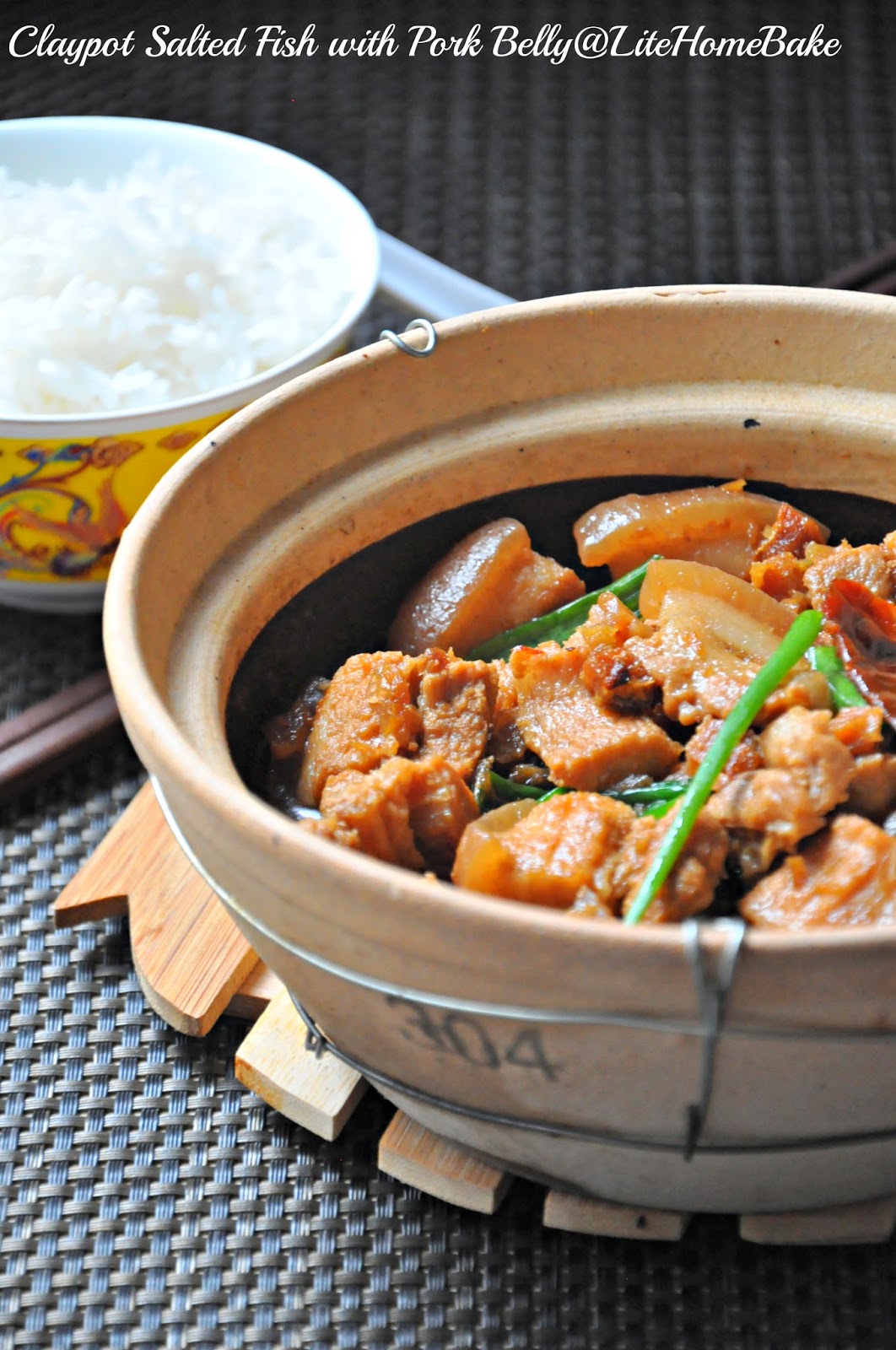I am going back to the basics these days (plain laziness in disguise actually) when it comes to bread making. Instead of trying out the more sophisticated methods, i went back to good straight dough method recipes. I shared a simple straight dough method milk loaf recipe recently and this one here is a recipe from Chef Alan Ooi for making buns which i use regularly. Once you get the dough right you are on a roll, fill them as you wish.
If you are new to bread making, this could be the recipe to try. Easy and not too big lest you mess up and feel guilty about the wastage. A recipe that is just nice for a small/medium size family like mine. With 300g of flour, it yields around 10 53-55g buns which is enough for my family over 2 days.
If you are new to bread making, this could be the recipe to try. Easy and not too big lest you mess up and feel guilty about the wastage. A recipe that is just nice for a small/medium size family like mine. With 300g of flour, it yields around 10 53-55g buns which is enough for my family over 2 days.
This one here has some butter and cheese wrapped in it with cheese toppings too. When the cheese inside melts, it will cause the top to cave in and look wrinkled which i find kinda cute :)
Beautiful soft texture from a simple method. Good enough for something homemade, don't you think?

I apportioned out the dough for 6 butter cheese buns and turned the rest into 3 of these. I was being adventurous instead of the usual pair of raisins and cinnamon, i paired it with candied nutmeg strips. I have tried adding nutmeg strips in cakes and i found that i like them a lot so i decided to try it out with buns. Call me bias but i swear by Penang nutmegs specifically the Bell brand ones, i have tried another but they turned out looking bluish after baking which made them look gross and i stayed away thereafter.
I took a cue from a William Sonoma's classic cinnamon buns that i saw a few of my blogger friends made for a Bake Along event. I adapted the sticky sugary glaze which i tend to leave when making cinnamon rolls. This glaze was applied on the pan before putting the bread dough into the pan.
Just a few strips of nutmeg here and there, aromatic, sticky sweet and spicy all in one. A word of caution though they say nutmeg can cause hallucinations for some :))
Bread Dough recipe here
Butter Cheese Buns
Ingredients
- 6 slices of cheddars cheese, cut into small strips
- 6 small 1/2 inch cube of butter
- 3 tsp sugar
Method
- Take a portion of dough that has been previously shaped into a ball.
- Flatten dough then wrap in cheese strips from 1/2 slice of cheddar cheese, a cube of butter and 1/2 tsp sugar.
- Arrange on grease tray or place in paper liners.
- Cover and rest buns until double the size again.
- Glaze with egg mixture (refer Part D of bread recipe) then top with cheese strips from the other 1/2 piece of cheddar cheese.
- Bake in a preheated oven at 180C for 15 minutes until golden brown.
Nutmeg cinnamon buns
Reference for Syrup Paste/Cinnamon Sugar: Her Frozen Wings
Ingredients
Syrup paste
- 30gm brown sugar
- 20gm melted butter
- 3 tbsp golden syrup/ light corn syrup
Method
- Mix the sugar, melted butter and the syrup together to a smooth paste.
- Scoop or pour into the base of the baking tin, spread over. Set aside.
Cinnamon sugar
Ingredients
- 1/4 cup of sugar mix with 1tsp ground cinnamon
- 6 tsbp nutmeg strips
- Soften butter
Method to make buns
- Take a portion of dough and roll it into a flat rectangular.
- Brush with some butter and sprinkle the dough with cinnamon sugar mixture and top with 2 tbsp nutmeg strips.
- Starting at short edge, roll the dough tightly into a cylinder. Cut the cylinder into 3 pieces and place them into the prepared baking tin. Cover and let the dough rise until double.
- Preheat the oven to 180C, brush the rolls with some melted butter, bake for about 15 mins, place a wire rack over each pan and invert the rolls. Let cool.
This post is linked to the event, Little Thumbs Up organised by Zoe of Bake for Happy Kids and Doreen from My little favourite DIY, hosted by Tze of Awayofmind Bakery House.
























































